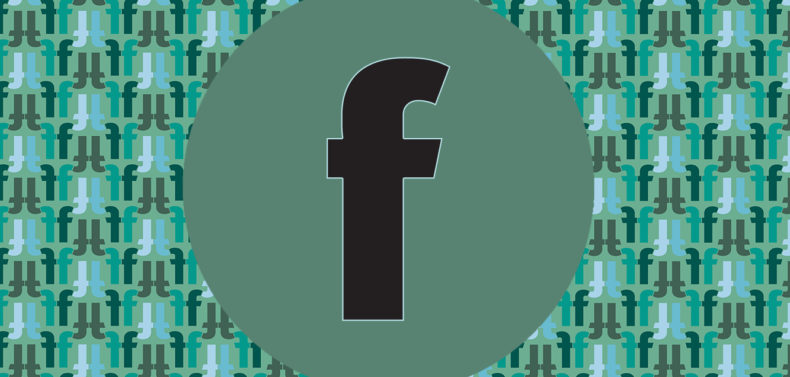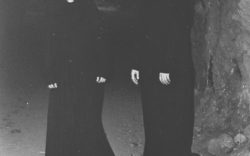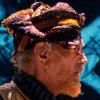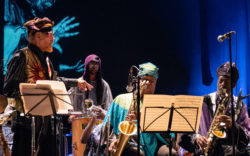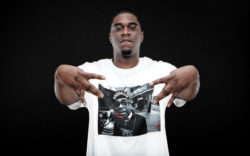Flagpole contributor Jeff Tobias, a Brooklyn resident, reports on the post-Sandy scene in NYC:
Biking up Washington Street through the Clinton Hill neighborhood of Brooklyn, felled trees were the worst of it so far. Automobile traffic had largely pushed the stripped foliage and lesser branches towards the margins of the roads, the gutters—also known as the bike lanes. So, I had to watch the path ahead as much as take in the sights. The brownstones surrounding the Pratt campus seemed largely unaffected by last night’s hurricane; so it was for my nearby neighborhood of Crown Heights.
Spared! A few scant flickers aside, the residents of my apartment building remained fully fledged entrants in the civilization game for the duration of the inclement weather. My religious bodega candles went unlit. At no point was I without the sweet, sweet Stockholm syndrome of the Internet. I never had cause to crack the two gallons of off-brand distilled water I’d bought over the weekend. (I cannot say the same for the mediocre wine and Goldfish crackers, a childhood favorite which, I discovered this week, I now hate). When I’d made my last-minute Sunday night pilgrimage to the local liquor store, the long line snaking through the aisles portended the worst. Their selection of bourbon and whiskey had been fully annihilated; I went with a Malbec of unknown origin. Who cares.
Fast forward to two days later and I’m meeting Dylan Angell, friend and former Dark Meat bandmate, to ride our bikes across the Williamsburg Bridge and survey the… what? Damage? Having spent two days in near-lockdown, dealing first and foremost with my own situation, and learning of all else via the Internet, my idea of what Hurricane Sandy had wrought was fuzzy. A ConEd transformer had become a fireball. The Gowanus Canal, famed for its toxicity, had breached its borders. But the numbers and details could not catch up to the lightning speed of conjecture.
“I cannot believe there are [people] out there right now talking up twitter as a good news source tonight,” railed Gawker contributor Max Read—on Twitter. “Basically all I’m seeing is decontextualized and unconfirmed rumors being breathlessly [retweeted] by [people] who should know better. Seriously get yourselves together and go back to jokes.”
As for my hurricane experience, I spent it alone in my apartment while the winds whipped the skinny trees below my third-story window; at my most nerve-wracked, a telephone pole teetered ominously. But it didn’t fall. And so today, after a peaceful drunken slumber, I waited for Dylan at the foot of the Williamsburg Bridge’s pedestrian walkway. The grey firmament above looked, if sky can be described as such, to be tired. I leaned my bike against an electronic traffic sign, the blank darkness of which informed the oncoming drivers of absolutely nothing. After 10 minutes in the on-and-off mist, Dylan pulled up on his bike.
“Want to walk it?” he asked. “You’ve got people walking in the bike lane. Society’s breaking down.”
We strolled up the rusty-pink walkway and traded predictions for how the perfect storm of the century might affect the direction of environmental policy. Coming down off the bridge’s highest point, we could see FDR Drive, the parkway running along the eastern border of Manhattan. Among the frantic media reportage—cobbled together via a great deal of ever-reliable crowdsourcing—it seemed that the FDR had been the frontline of Manhattan’s flooding, the first area to be breached by the rising tides. Indeed, trees much larger than the ones I’d seen in Brooklyn were waterlogged in parts of this roadway, and some cars appeared to have suffered a similar fate.
We reached the Manhattan side of the bridge, hopped back on our bikes and made a left turn towards the southern area of the city. As we moved along the water, slowly cruising under the Manhattan and then Brooklyn bridges, we encountered cause to pause and utter some exclamation of disbelief at a fairly regular clip. Planks of wood had been stripped from the dock at South Street Seaport. Potted trees had been knocked clean out of their plots. Park benches, nailed to concrete, were overturned. A few errant cobblestones were dislodged. Rats had drowned.
We passed a fire station, their garage door stacked high with sandbags from the outside. Closer inspection revealed that the neighboring underground parking area was completely flooded. This became a common sight: If a path led underground, it was a swimming pool.
All the while, it should be noted, not a single traffic light was active. South of Times Square, Manhattan was completely without electricity, leaving 250,000 homes and businesses without power. Cars, walking pedestrians, and bicyclists cautiously negotiated each intersection. While the streets weren’t half as bustling as they might be normally, people were out, mostly wandering in search of a better idea of what had become of their island. A few people had coffee cups, begging the question: Where’d they find the coffee? What was open? Answer me!
We passed through the financial district and found, to our dismay, that the Charging Bull of Wall Street remained unmolested. We passed by awnings ripped from their restaurants, an overturned parking lot gate and more sacrificed forms of flora. We rolled up on the apartment of a friend of Dylan’s only to find that cell reception was negligible, and buzzers weren’t happening. We hollered outside the fellow’s apartment for a while before moving on; we later encountered the dude a block away, returning to the apartment with some friends. (“I had to masturbate without the Internet,” the gentleman exclaimed breathlessly. “It took four hours.”) We went inside his building, climbing the windowless staircase guided by cell light and lighters. Our host made tea and discussed what was what: JKF Airport was set to re-open in the next few days, whereas LaGuardia had suffered greater damage. Power was to be unavailable for up to four or five more days. Halloween plans had to be adjusted, but couldn’t possibly be canceled. The nonchalance of cosmopolitan Manhattanites appeared to be comfortingly unruffled.
Returning to Brooklyn, my cell phone puked angrily, a glut of messages having been withheld while I was in a zone of indeterminate service. Coming down off the bridge, I had to remind myself to look for traffic lights again. It did seem a bit as though I’d journeyed somewhere outside of society, people walking in the bike lane or no. But elsewhere, other places are having a much worse time of things. I’d already heard no fewer than two people call this New York City’s Hurricane Katrina. At the time I’d thought that this was a statement that could only be borne of a lack of understanding of the tragedy of New Orleans. But for now, all I can do, save for further exploration, is wait, read what’s on the Internet, and see how this mess plays out.
For lack of a more specific donation location at the moment, send any loose change to help people affected by Hurricane Sandy to the American Red Cross.
Like what you just read? Support Flagpole by making a donation today. Every dollar you give helps fund our ongoing mission to provide Athens with quality, independent journalism.



